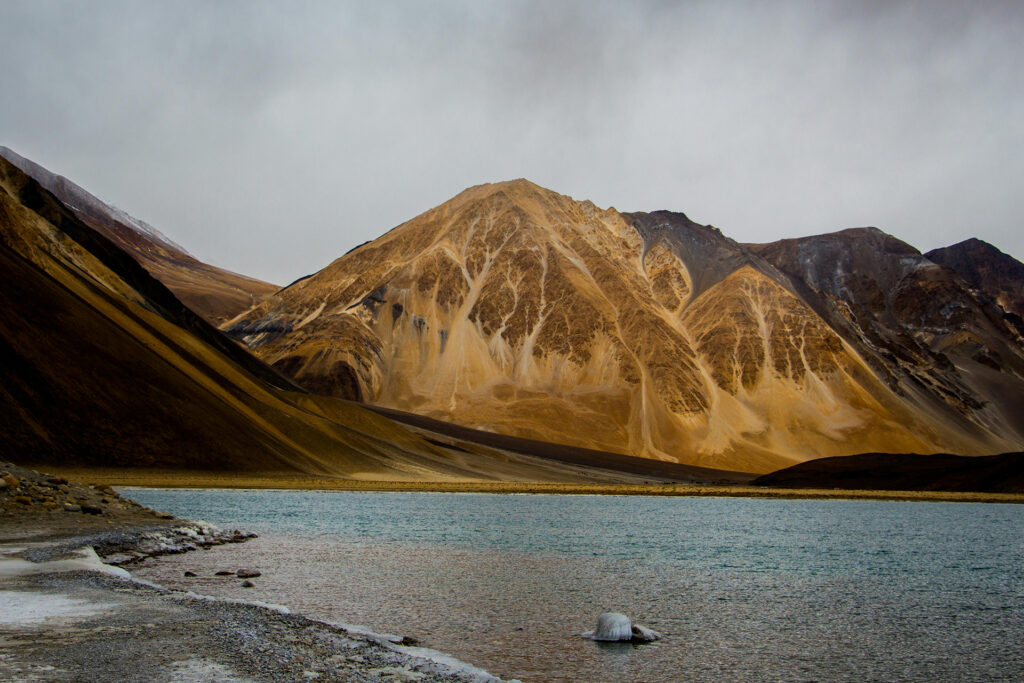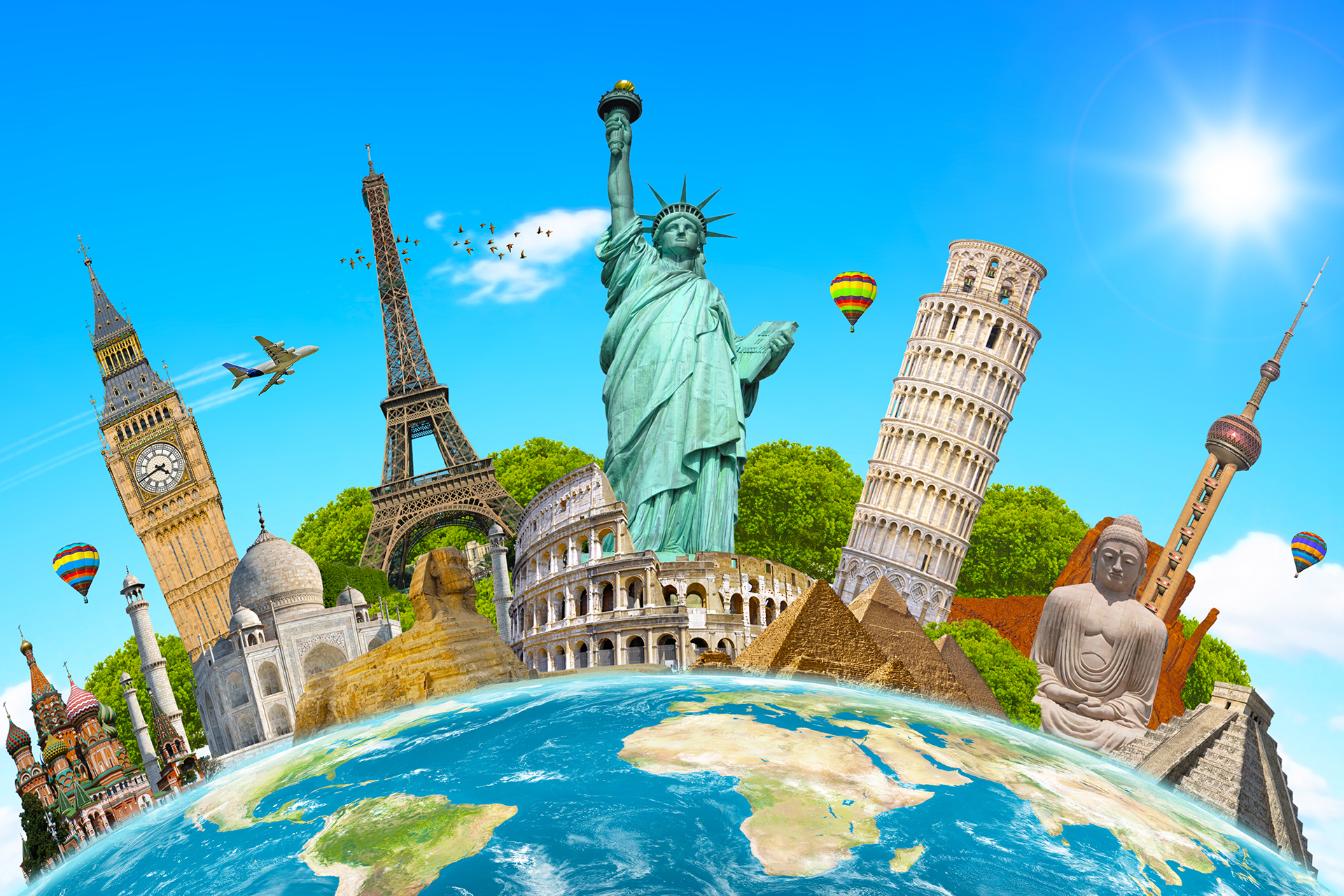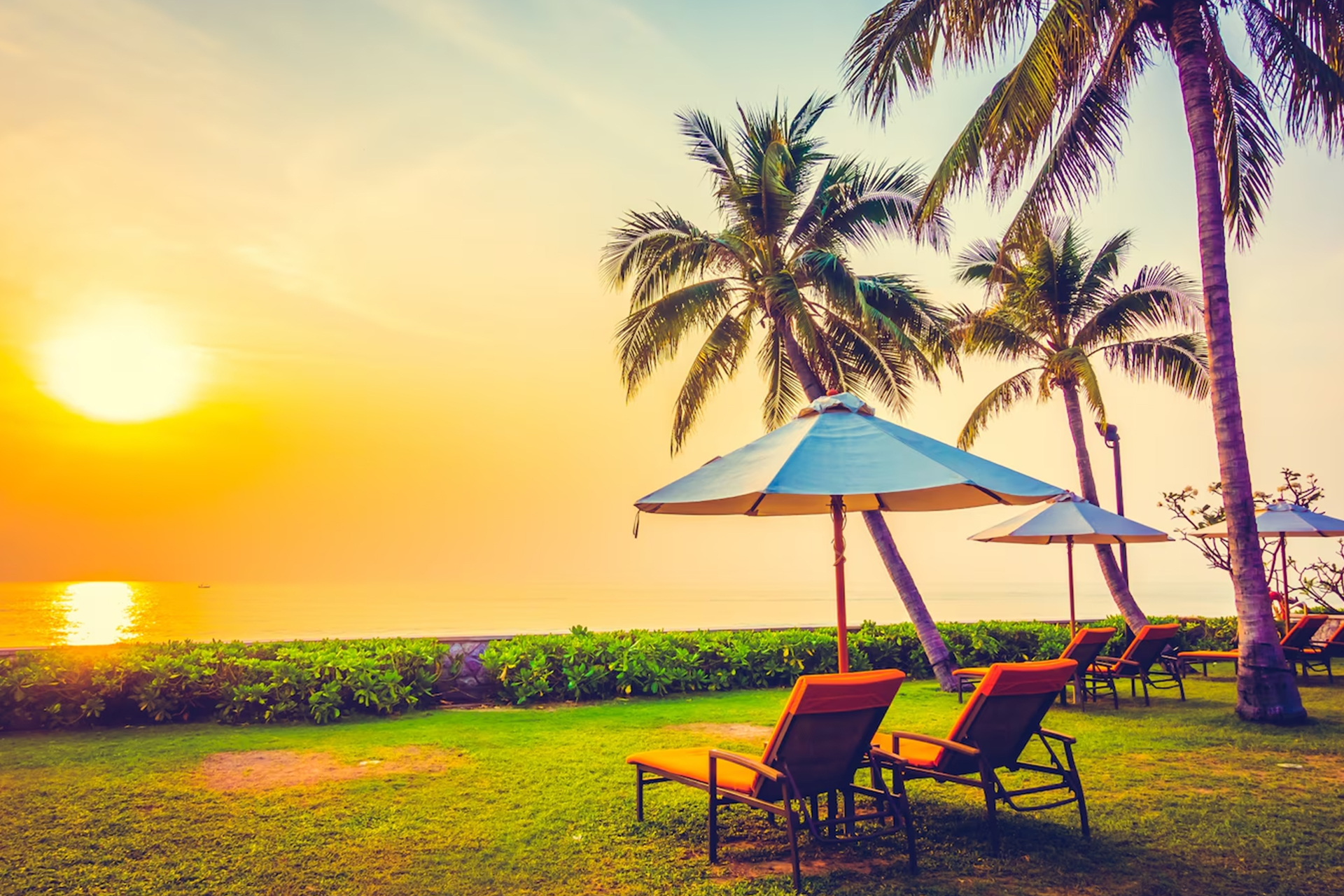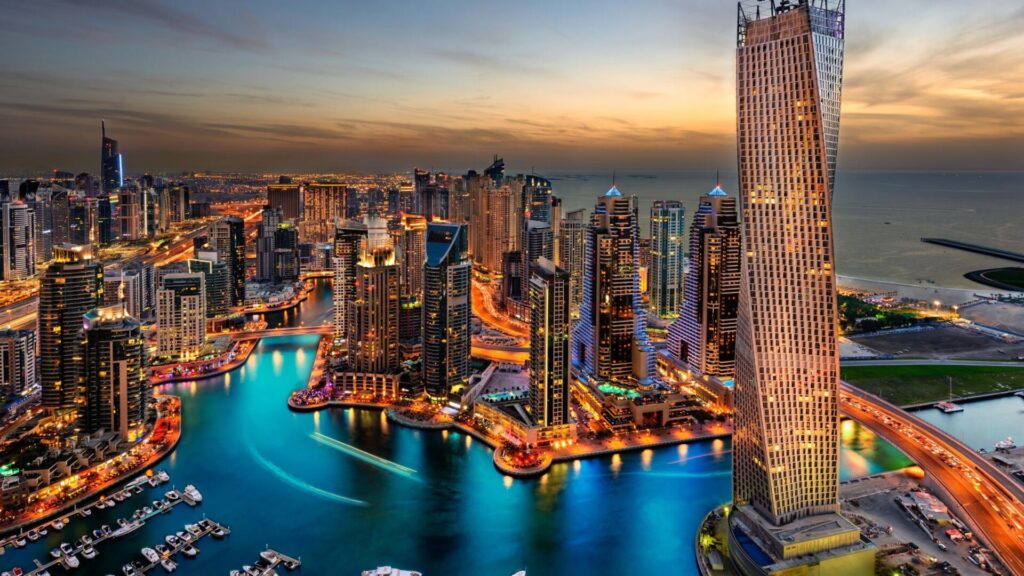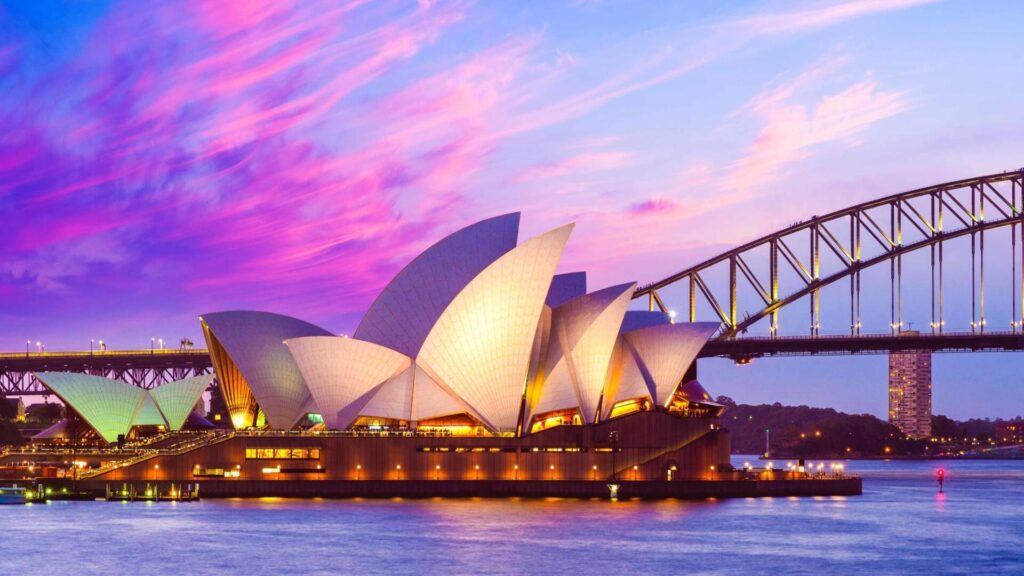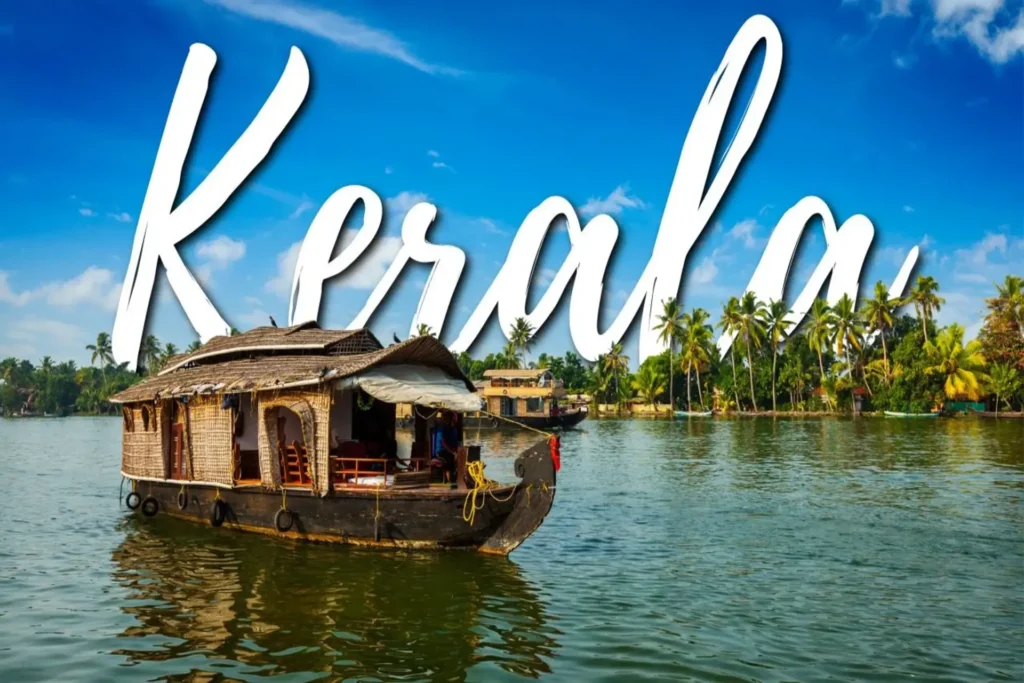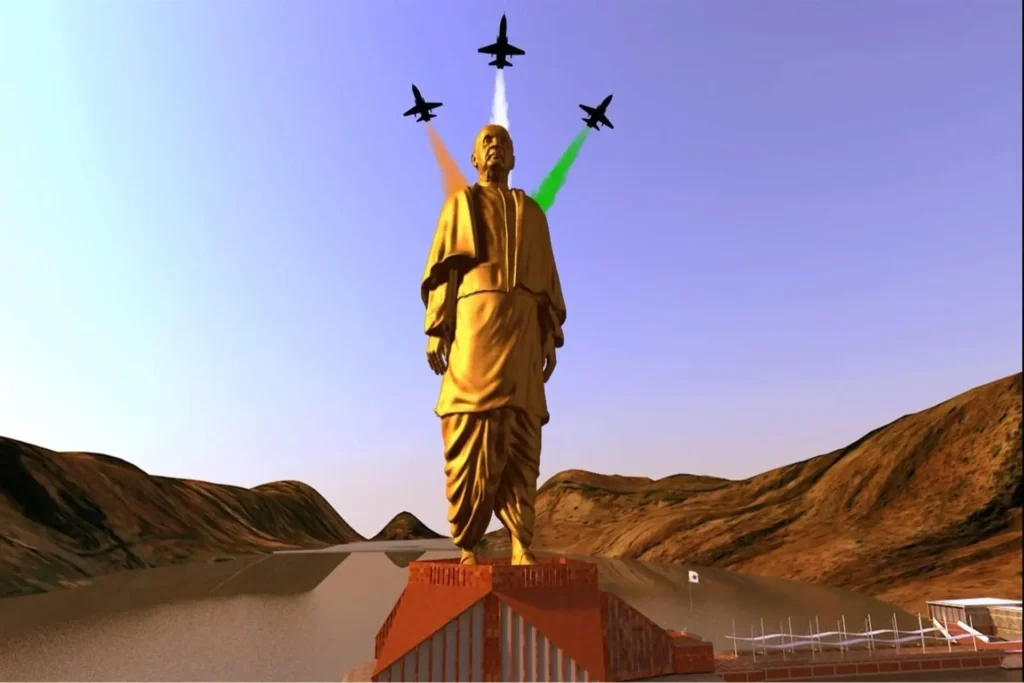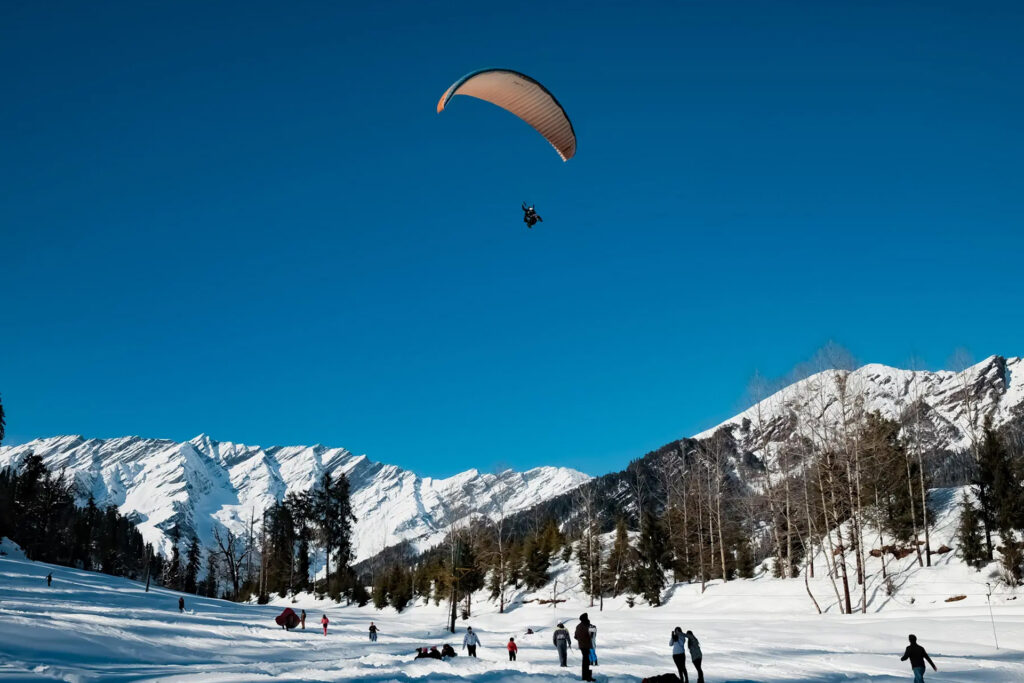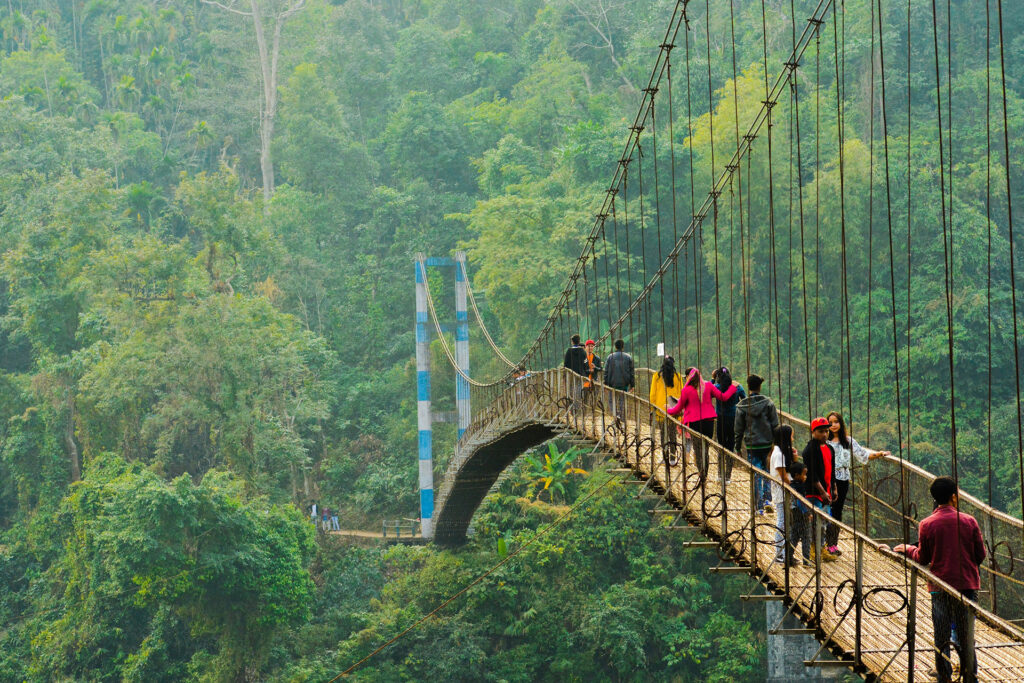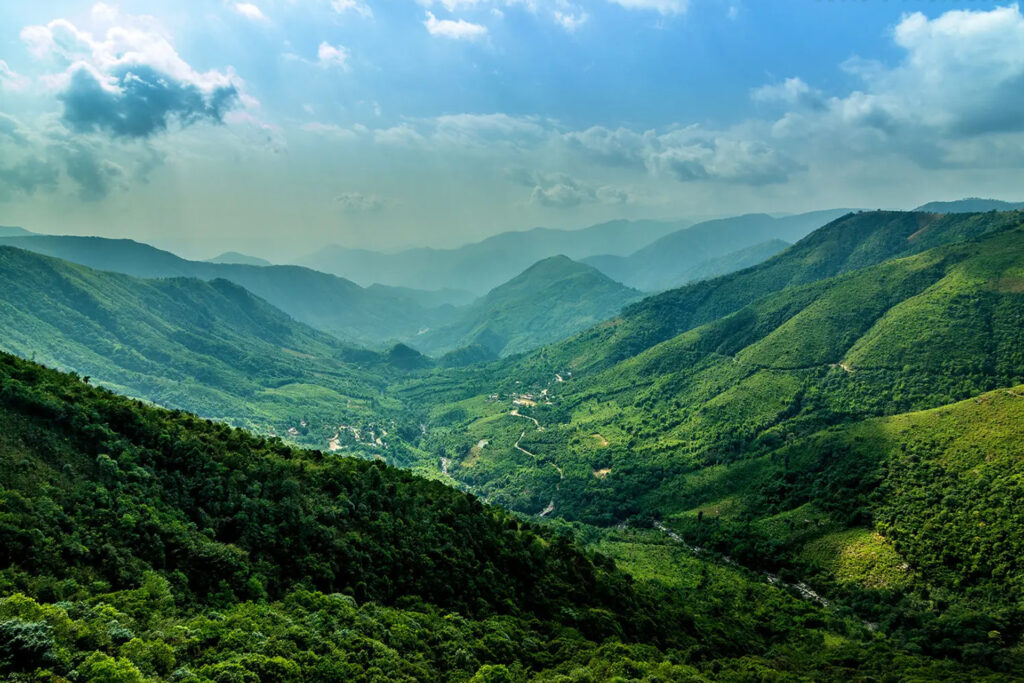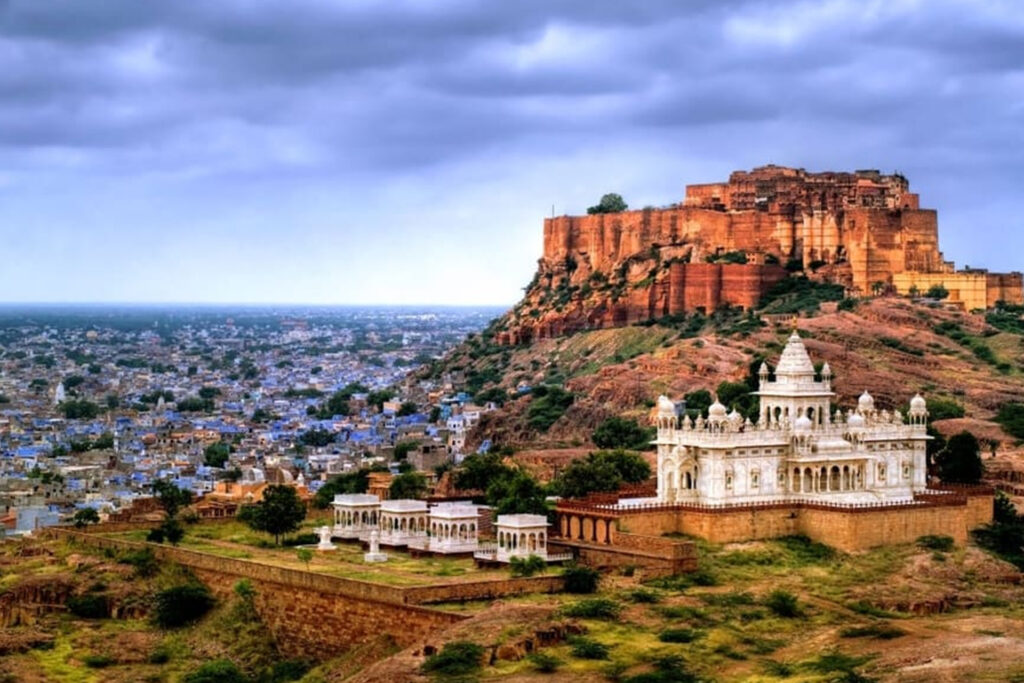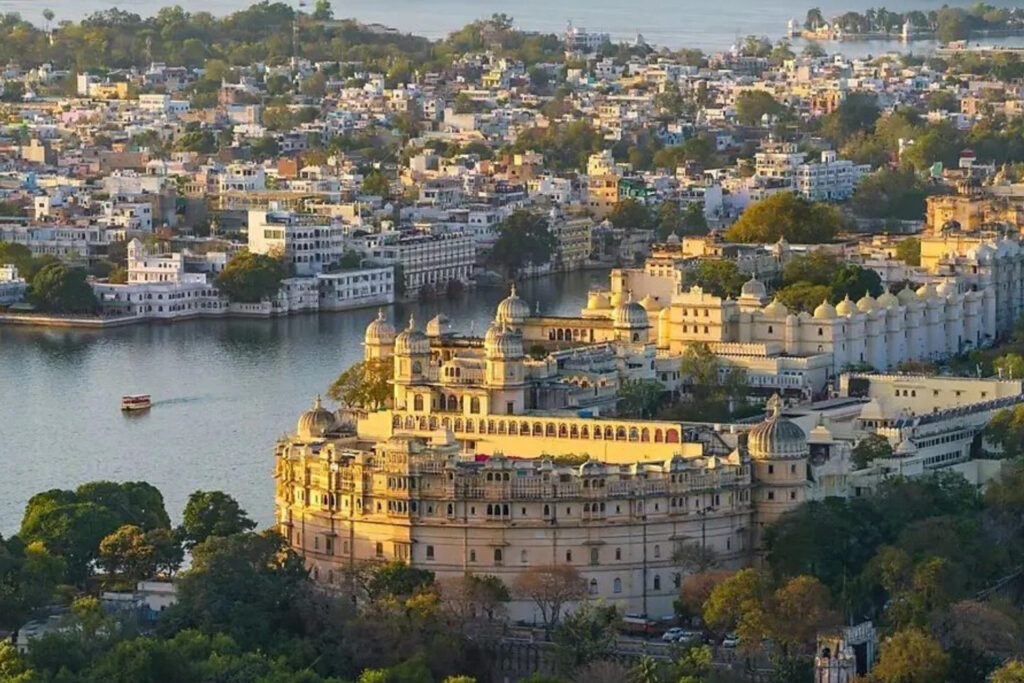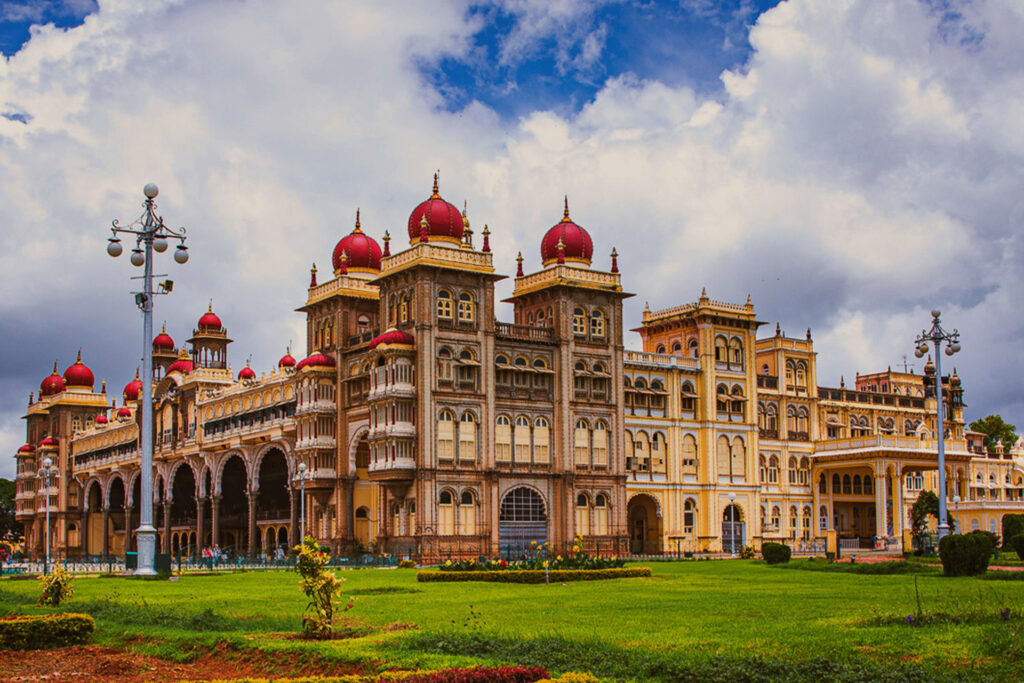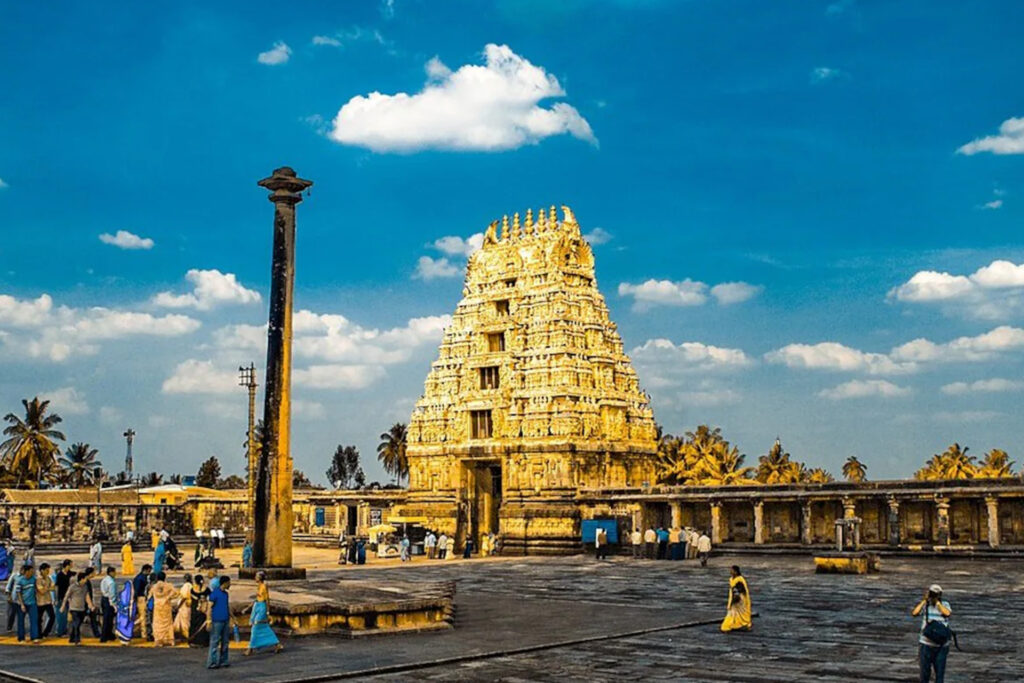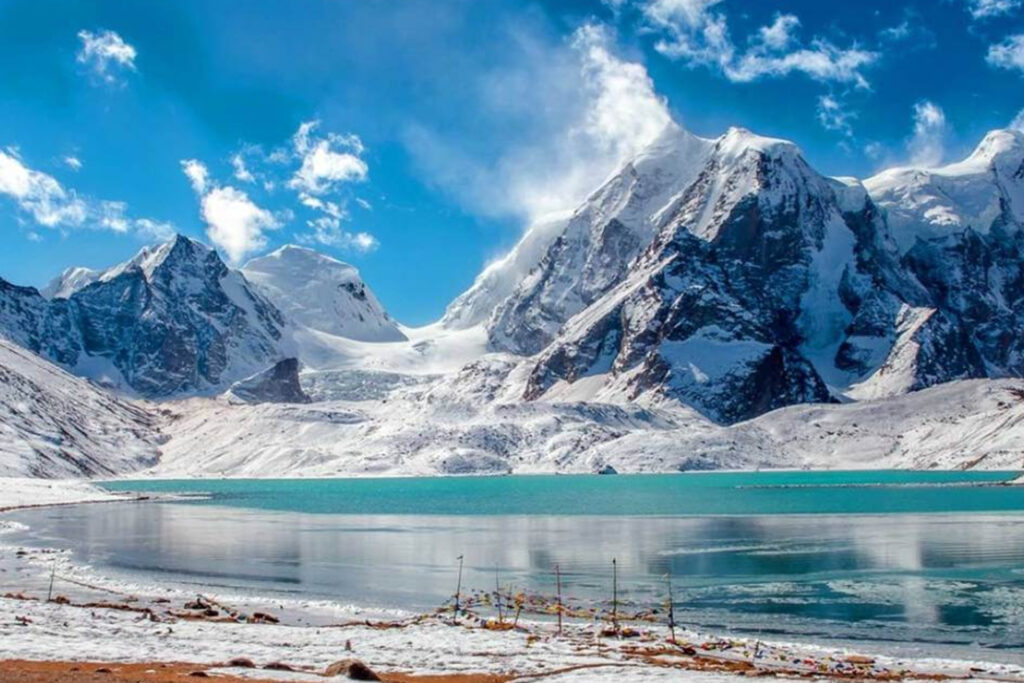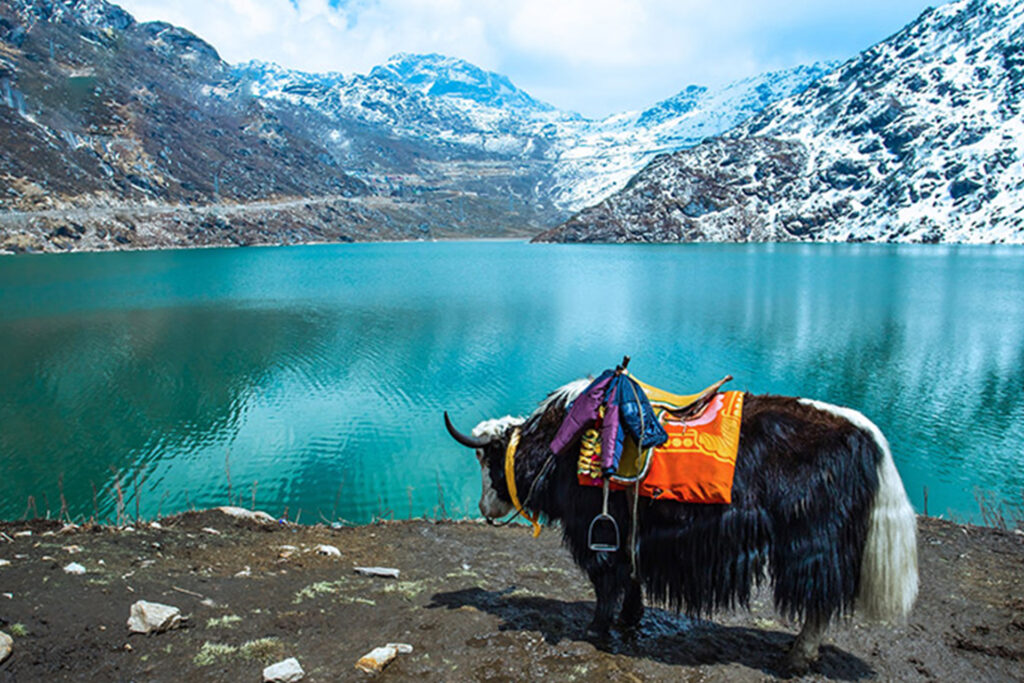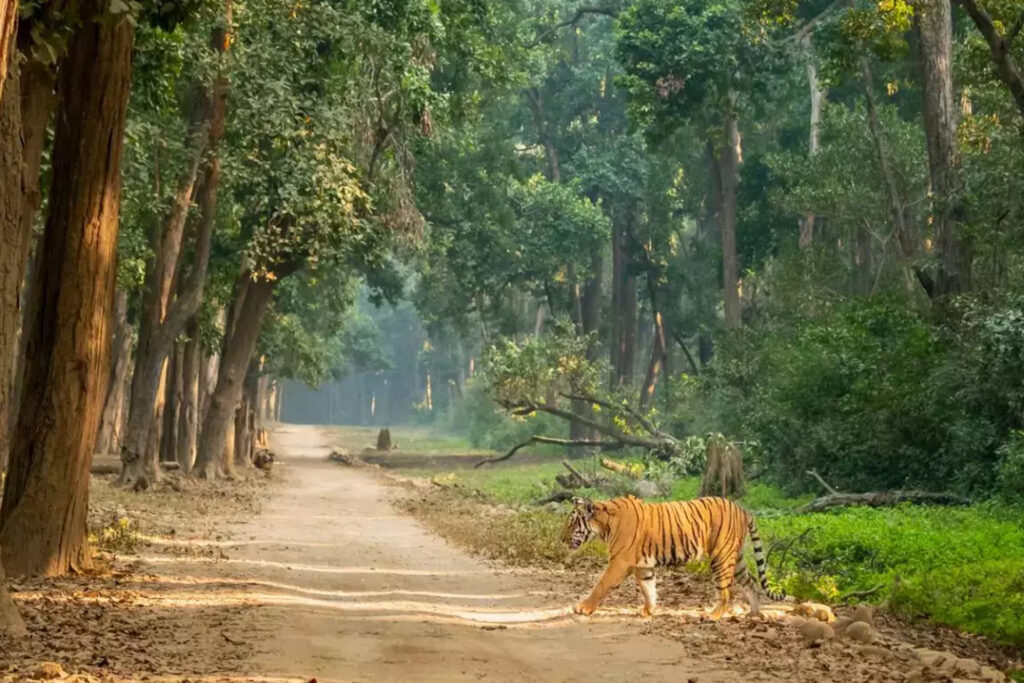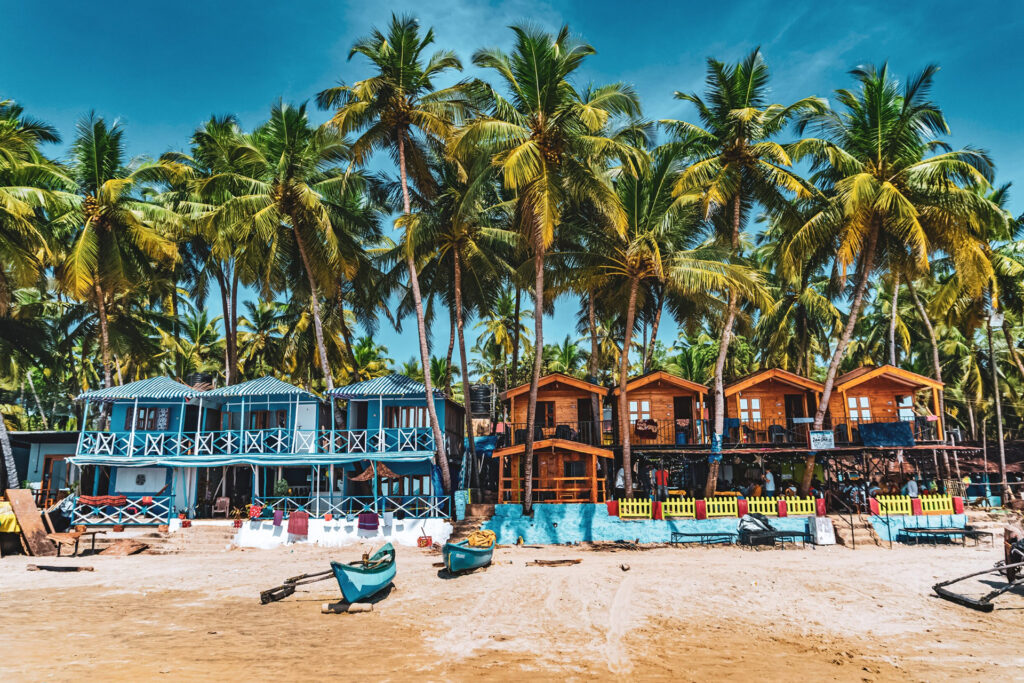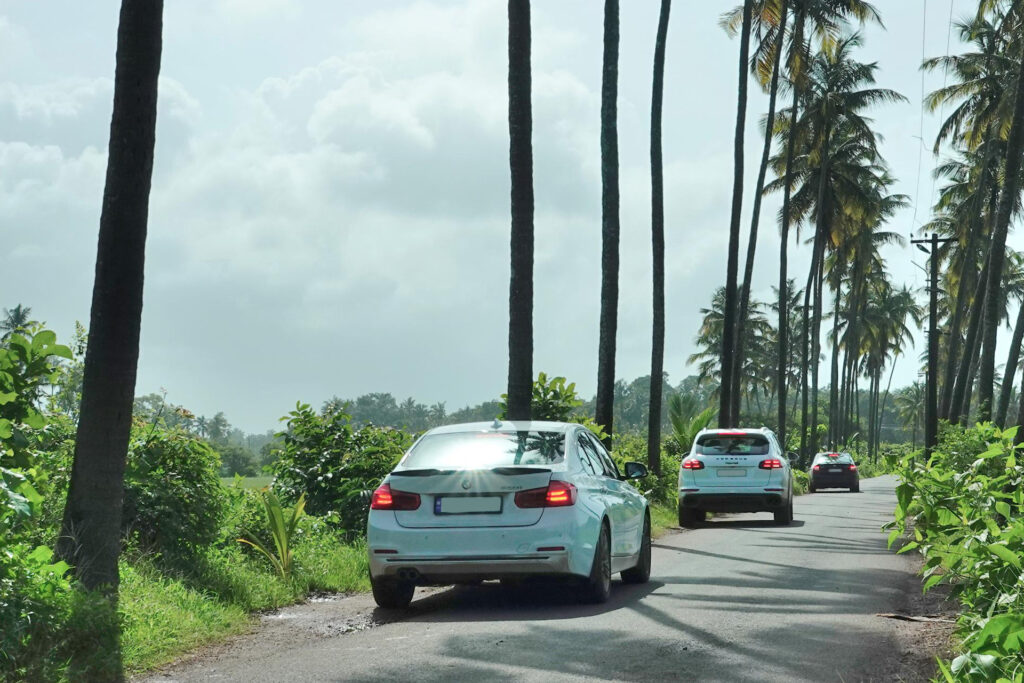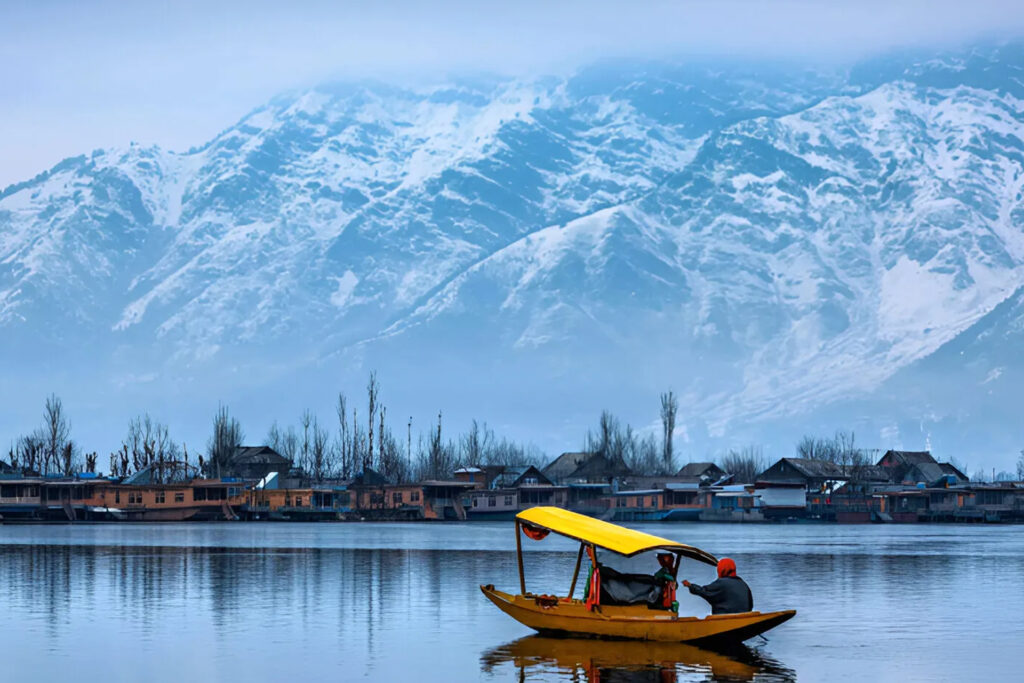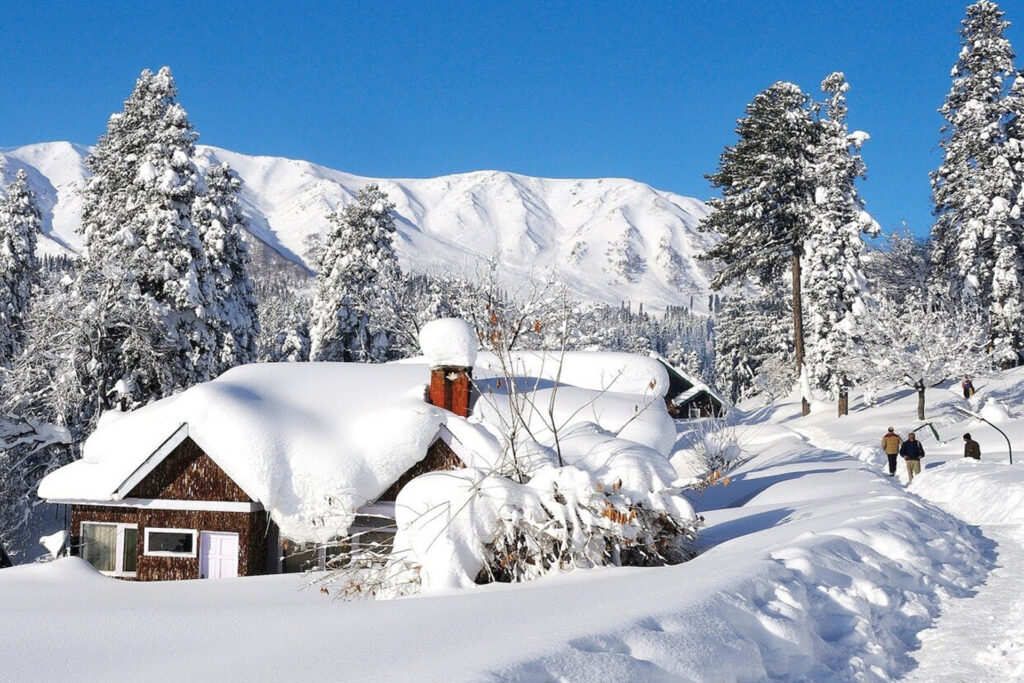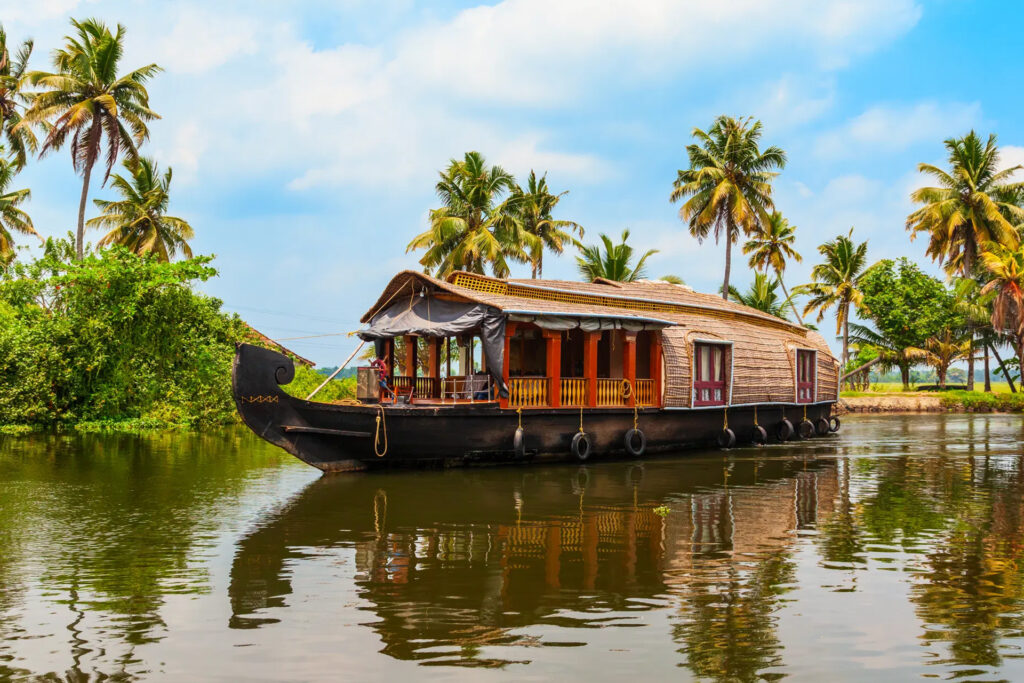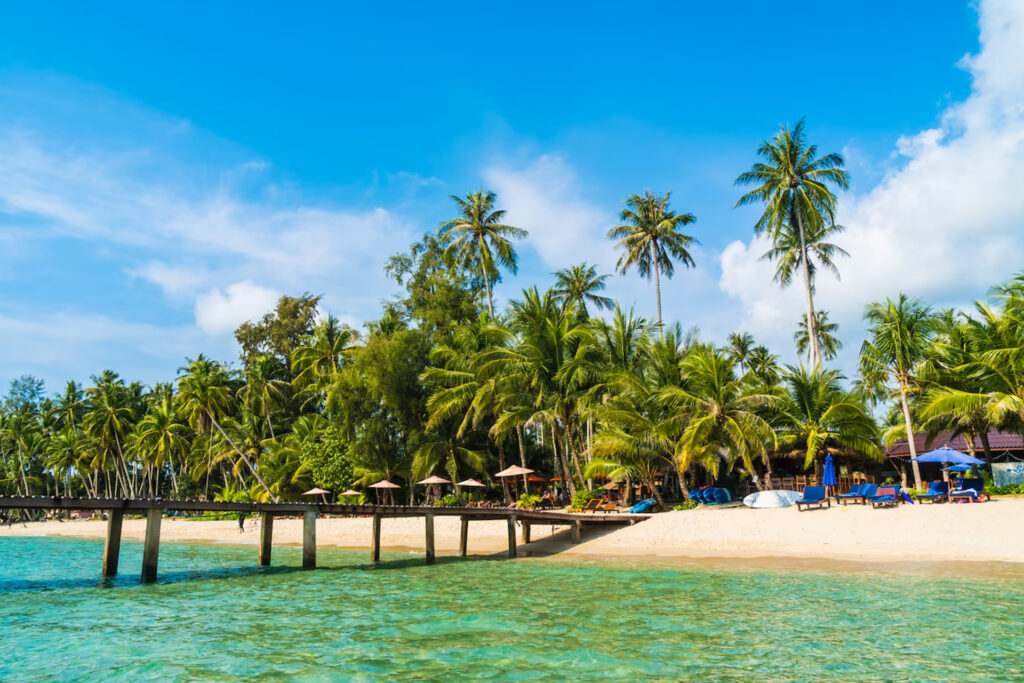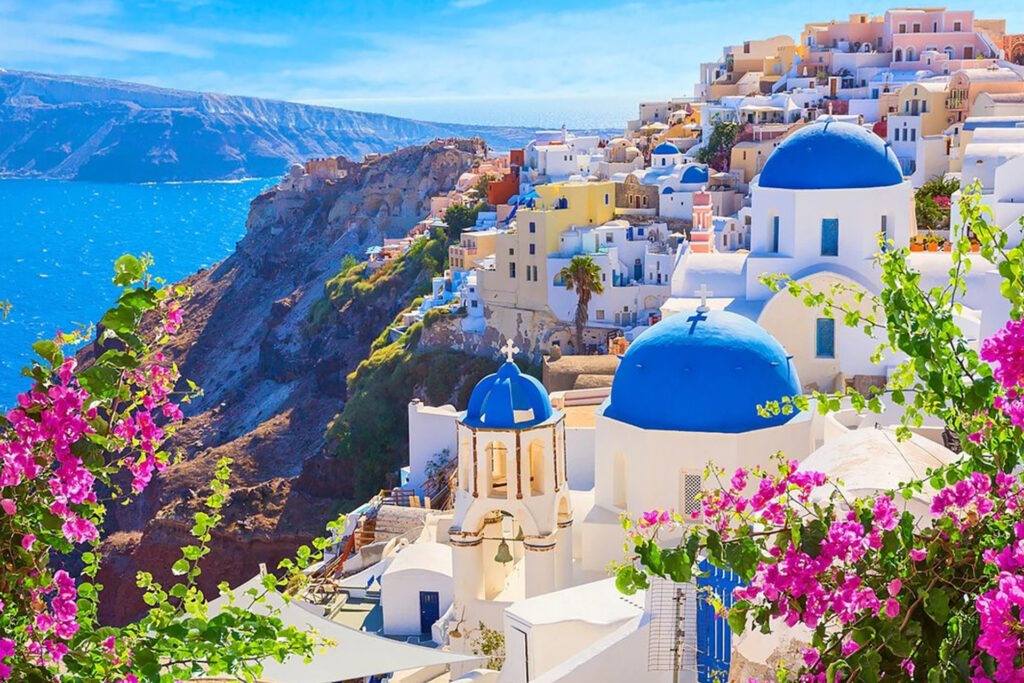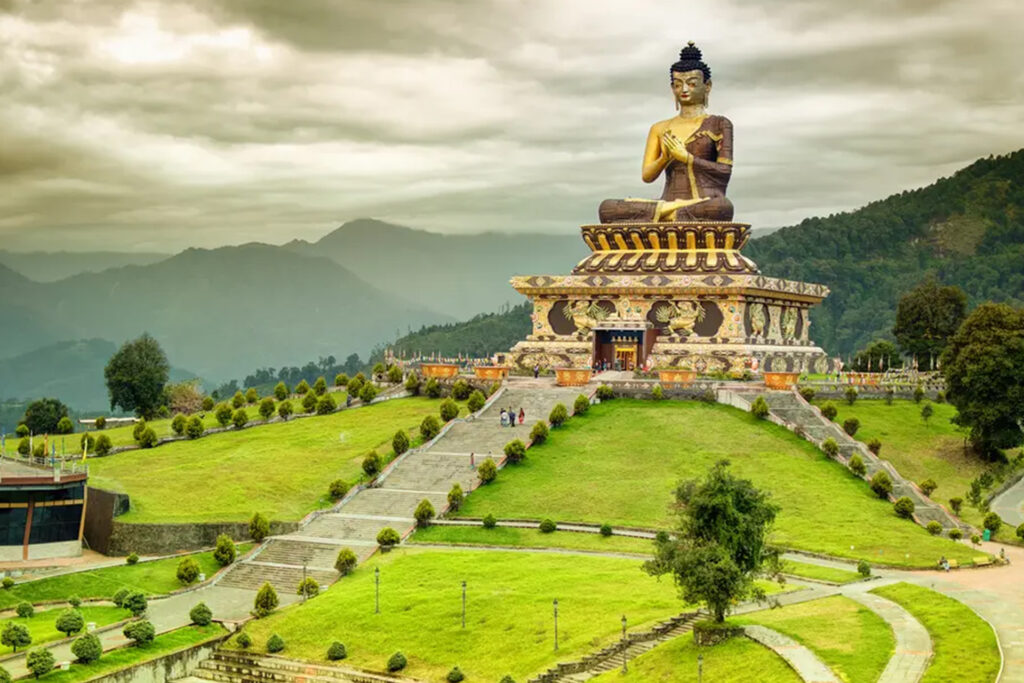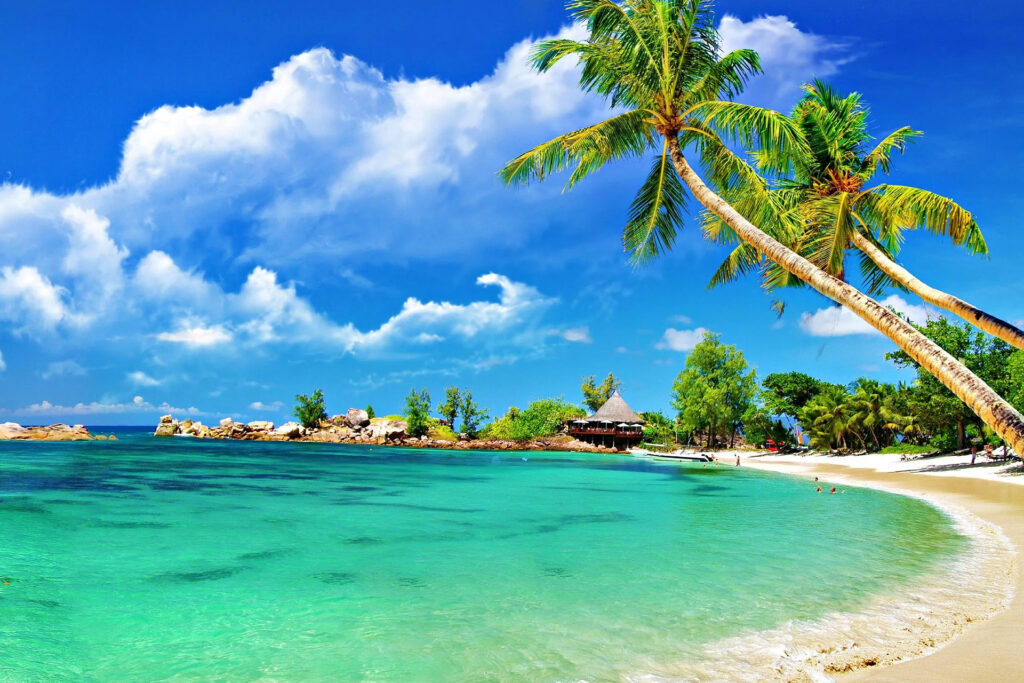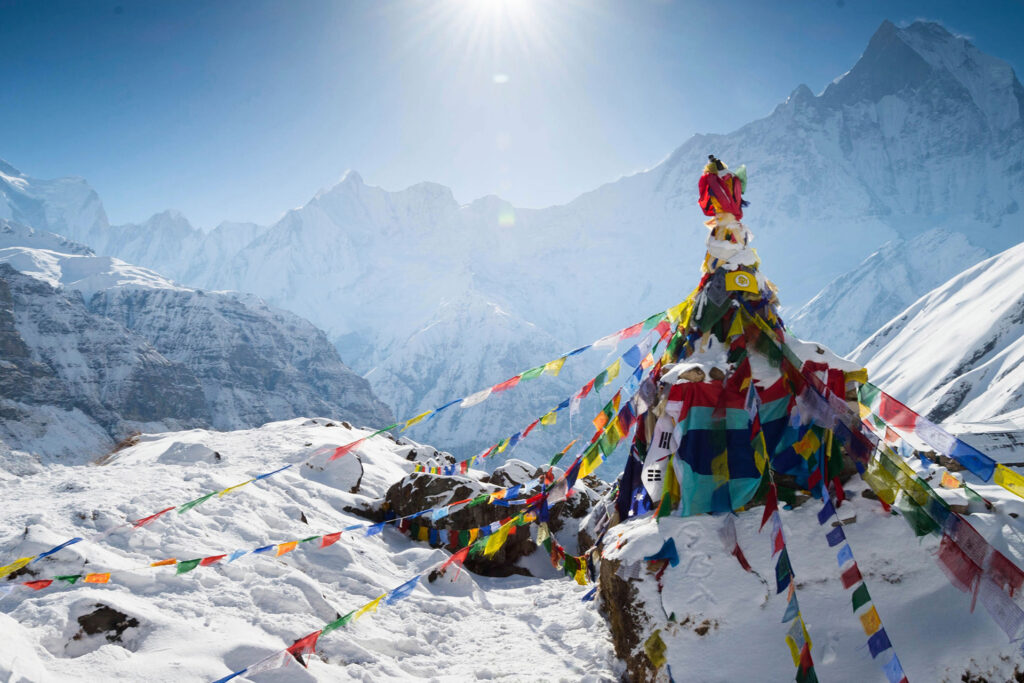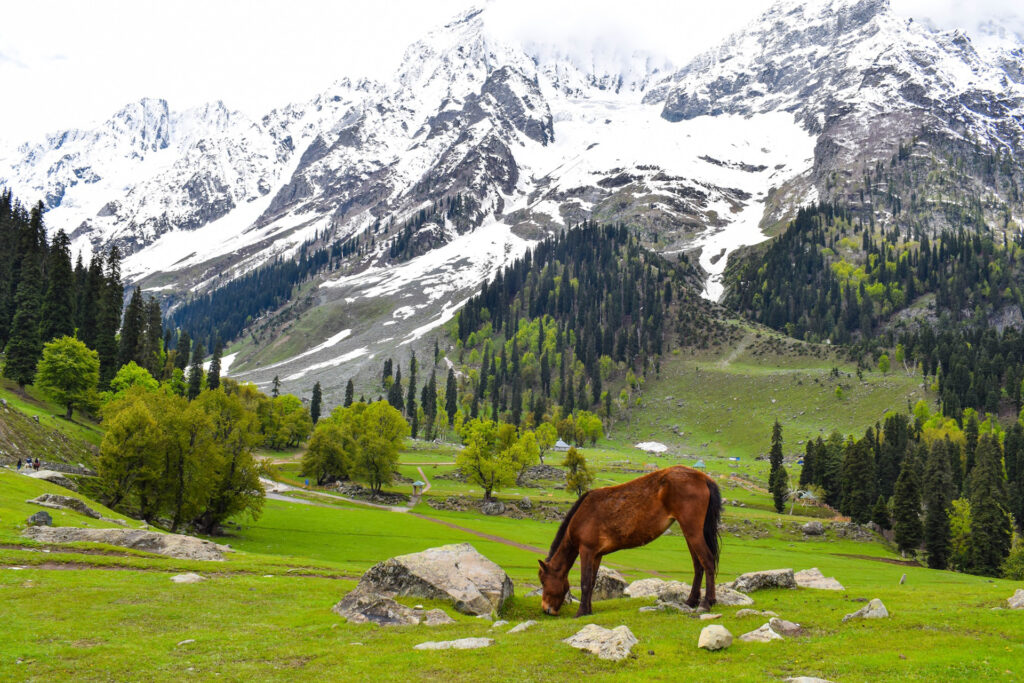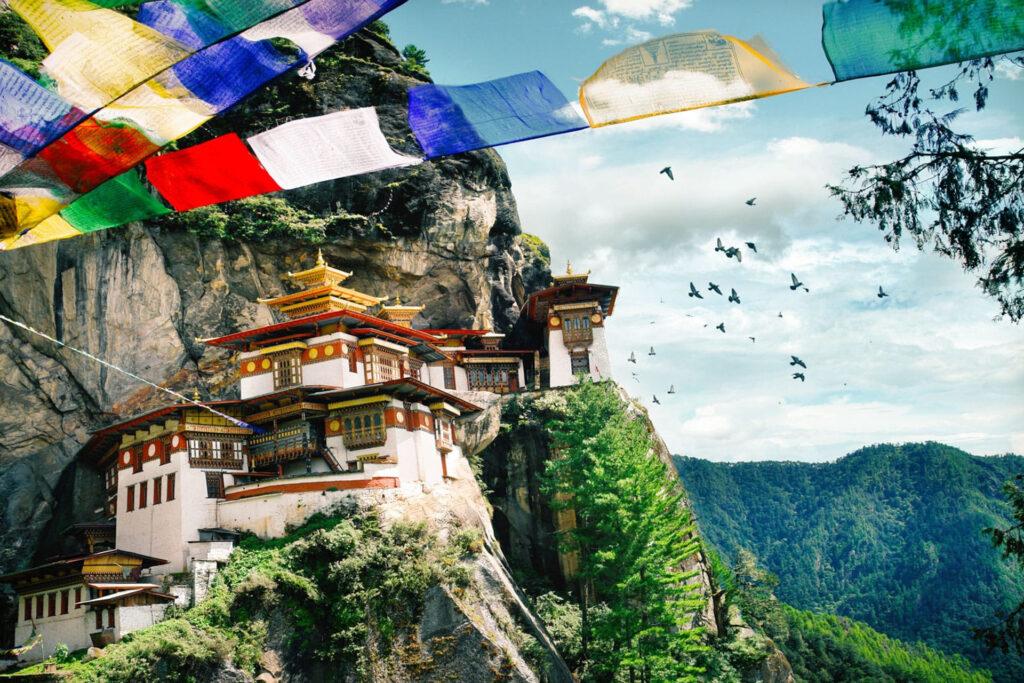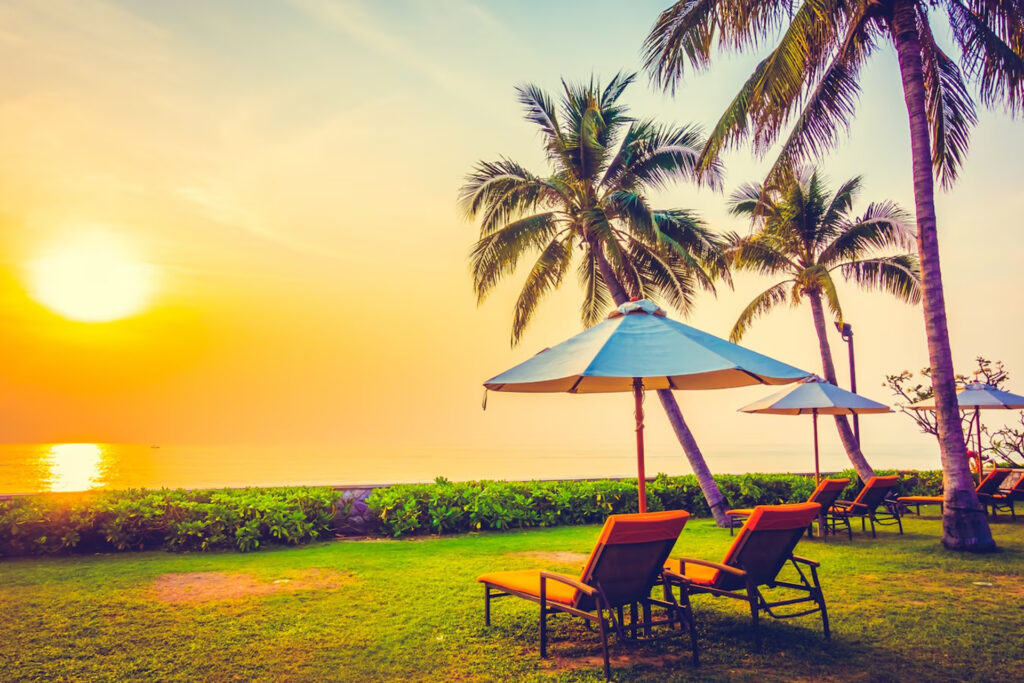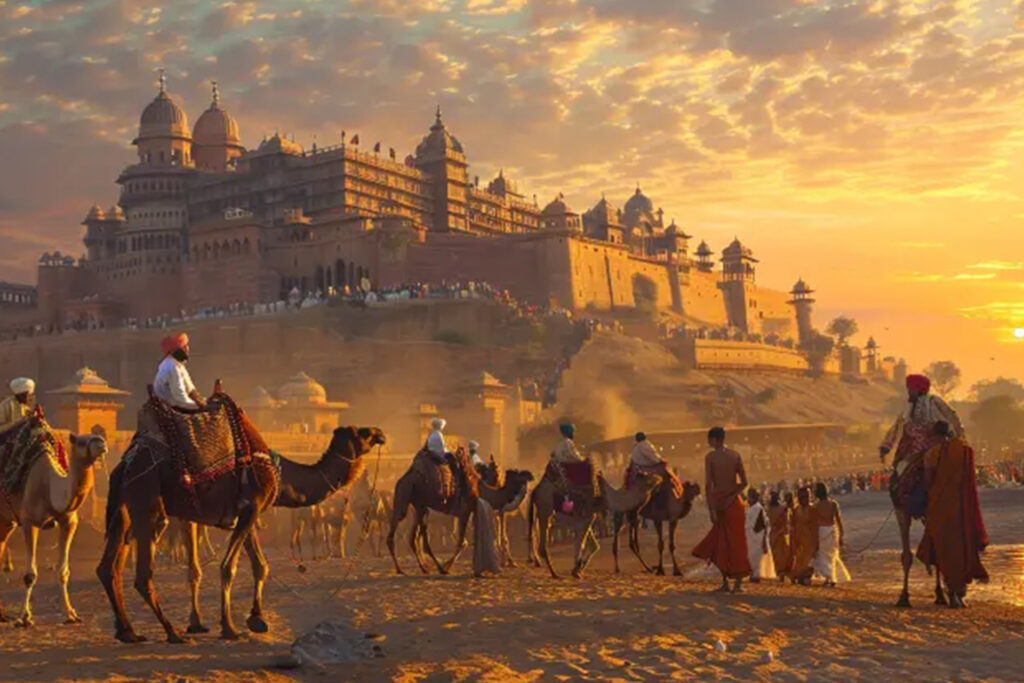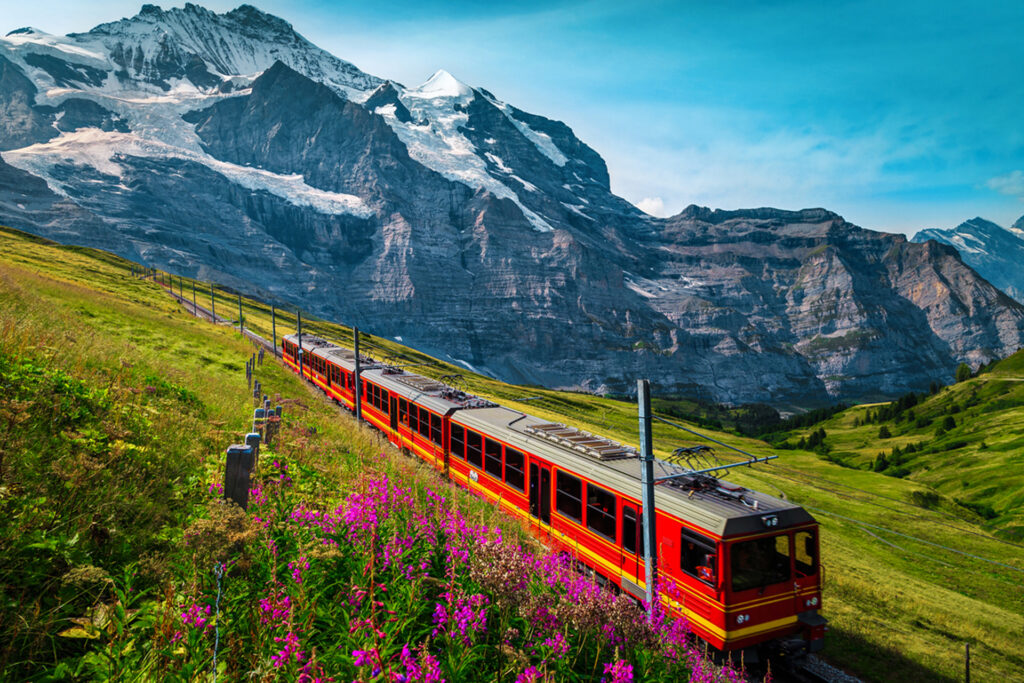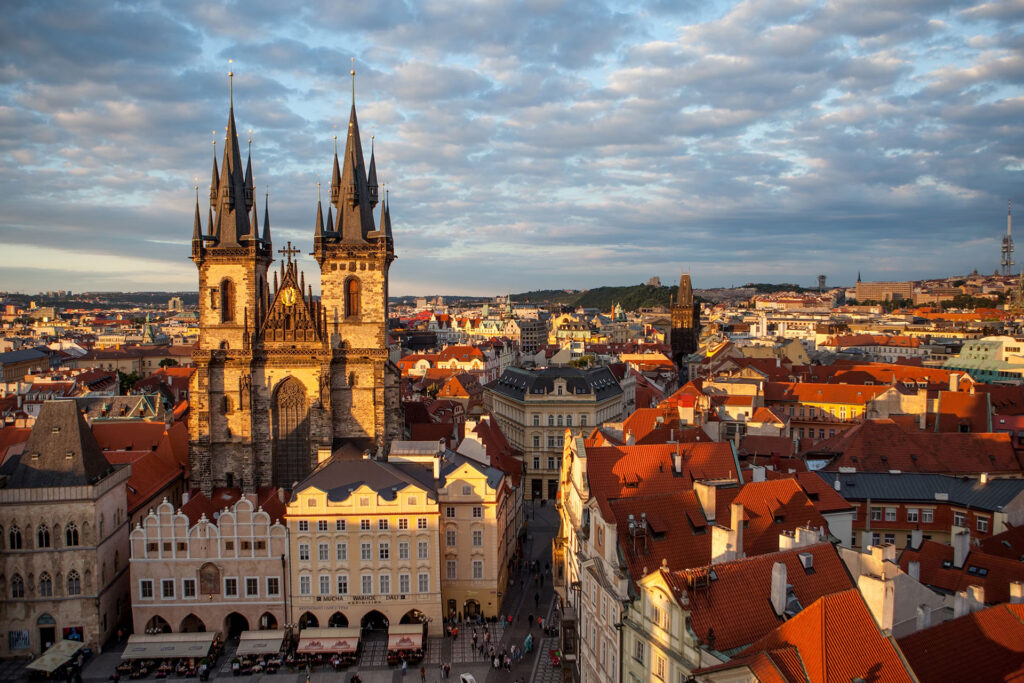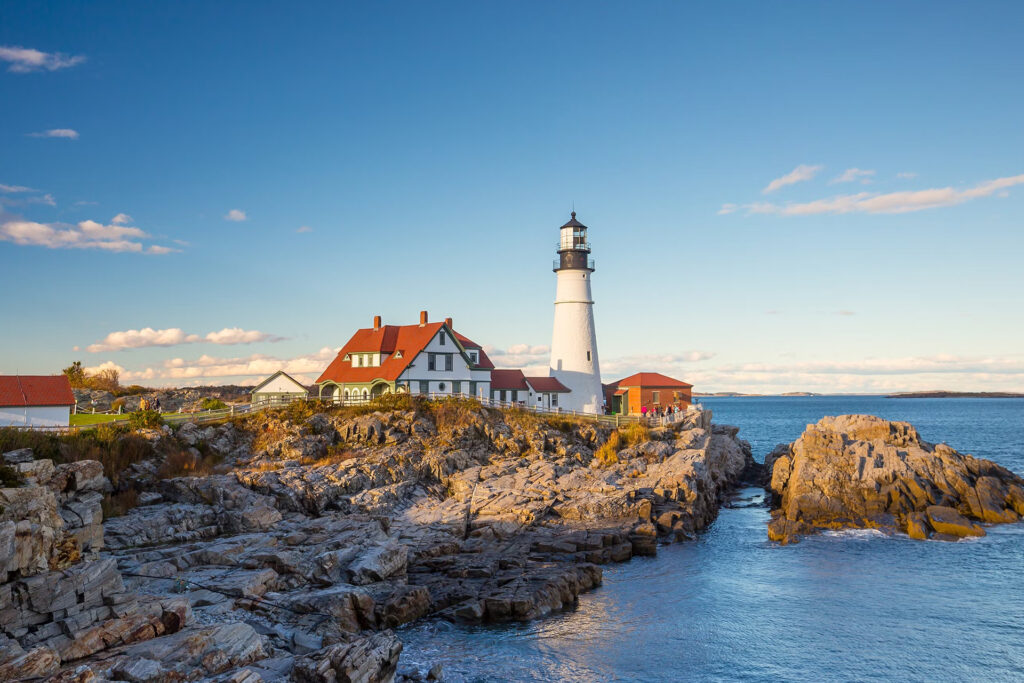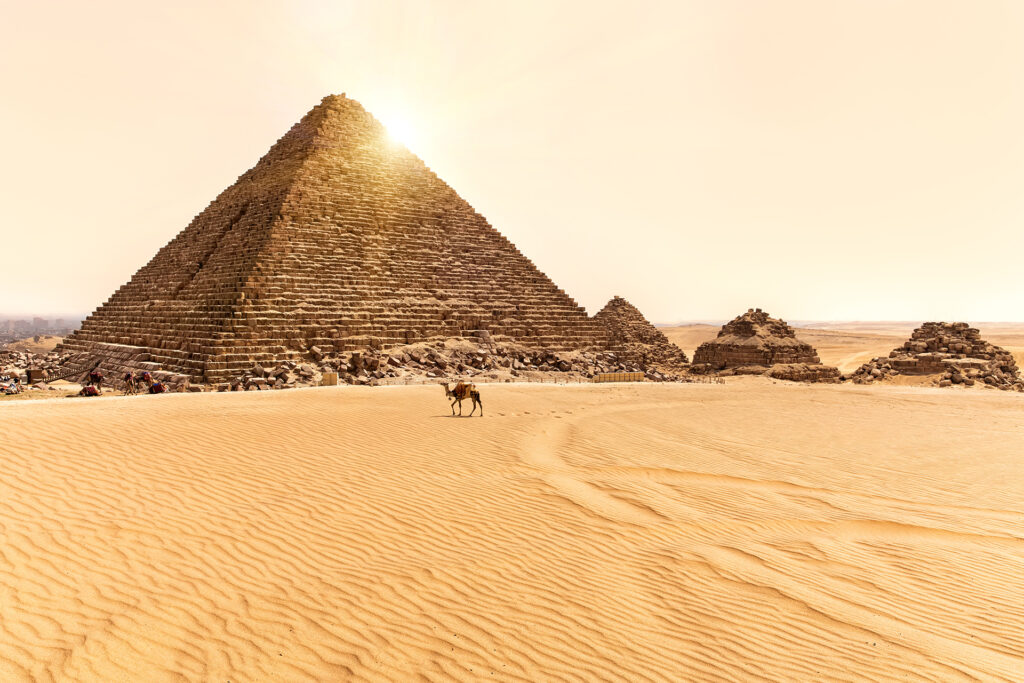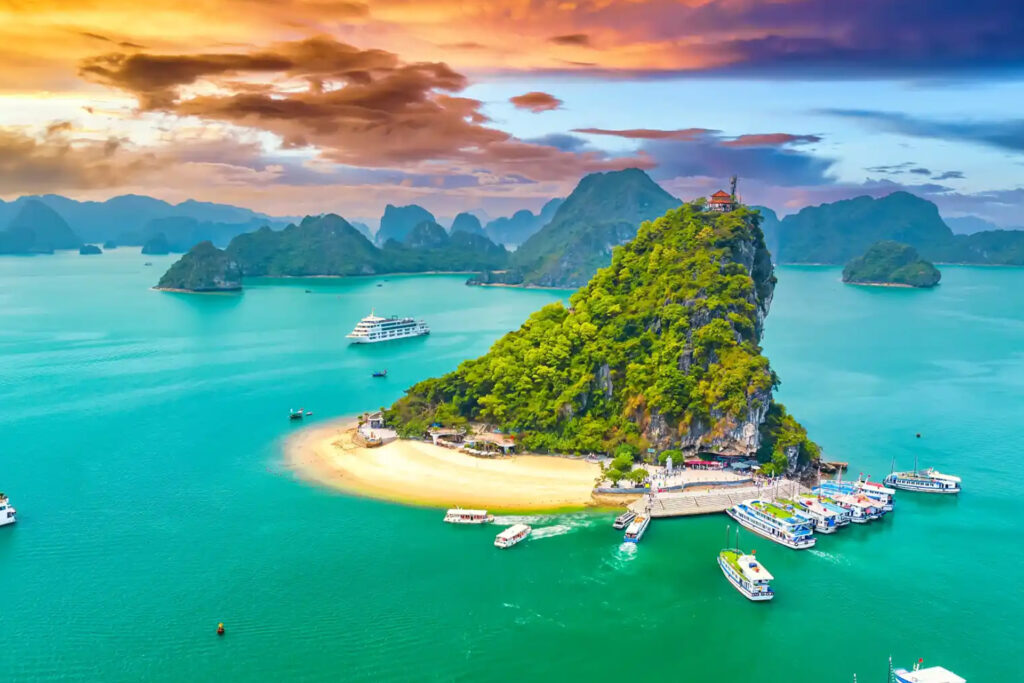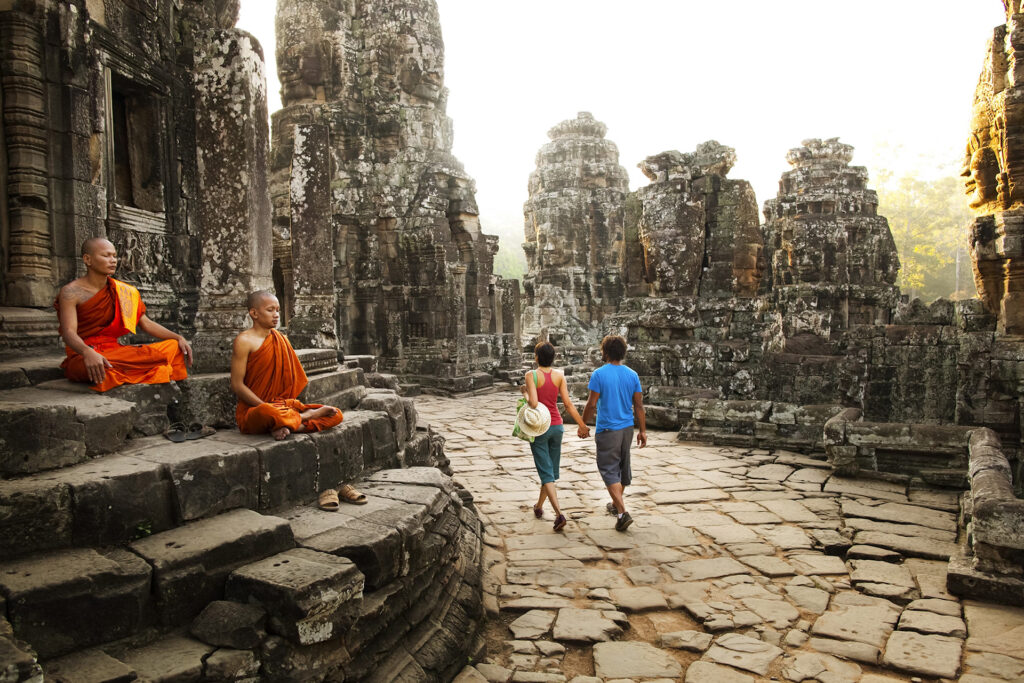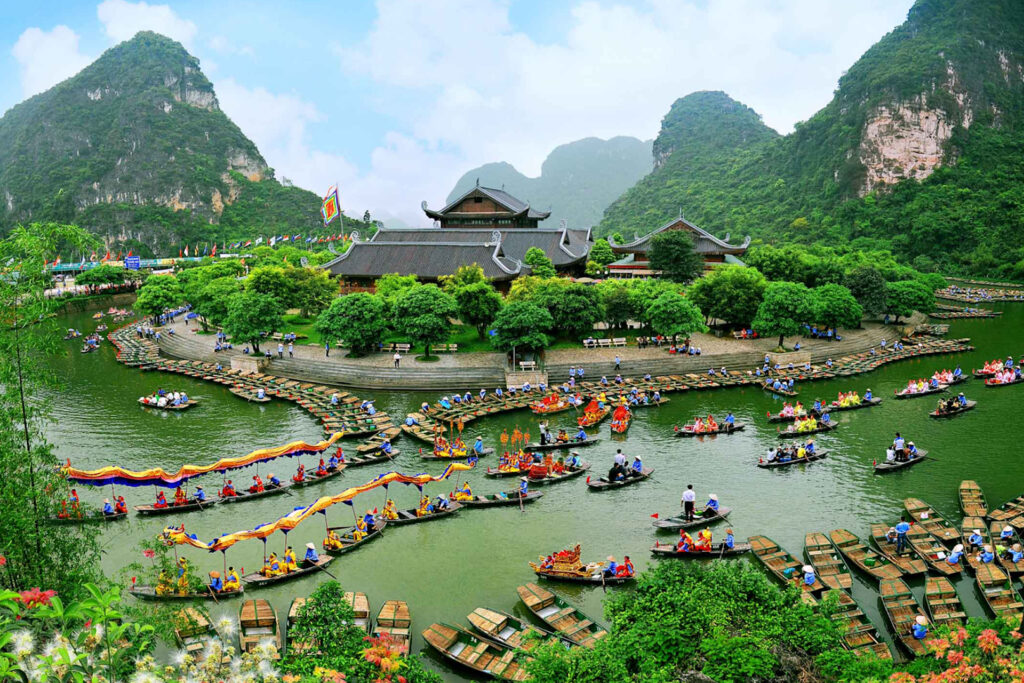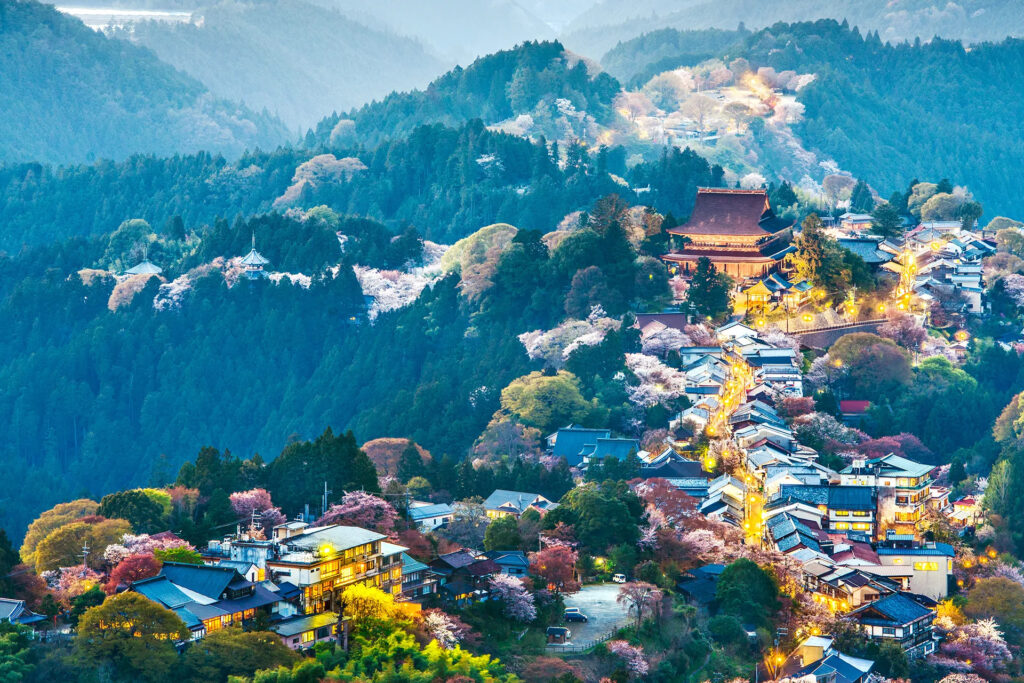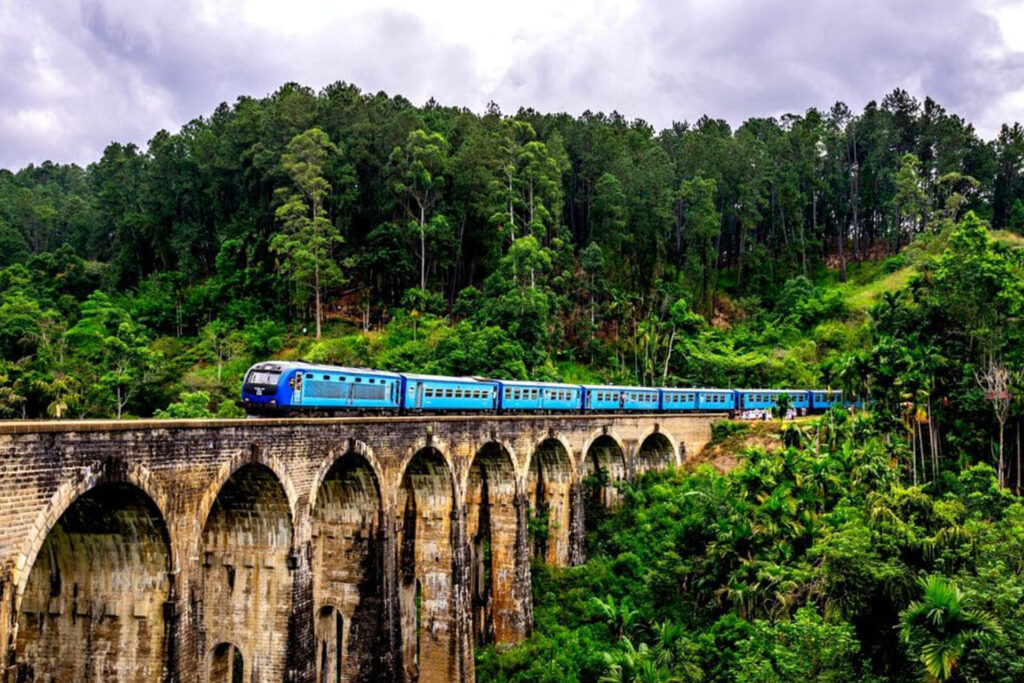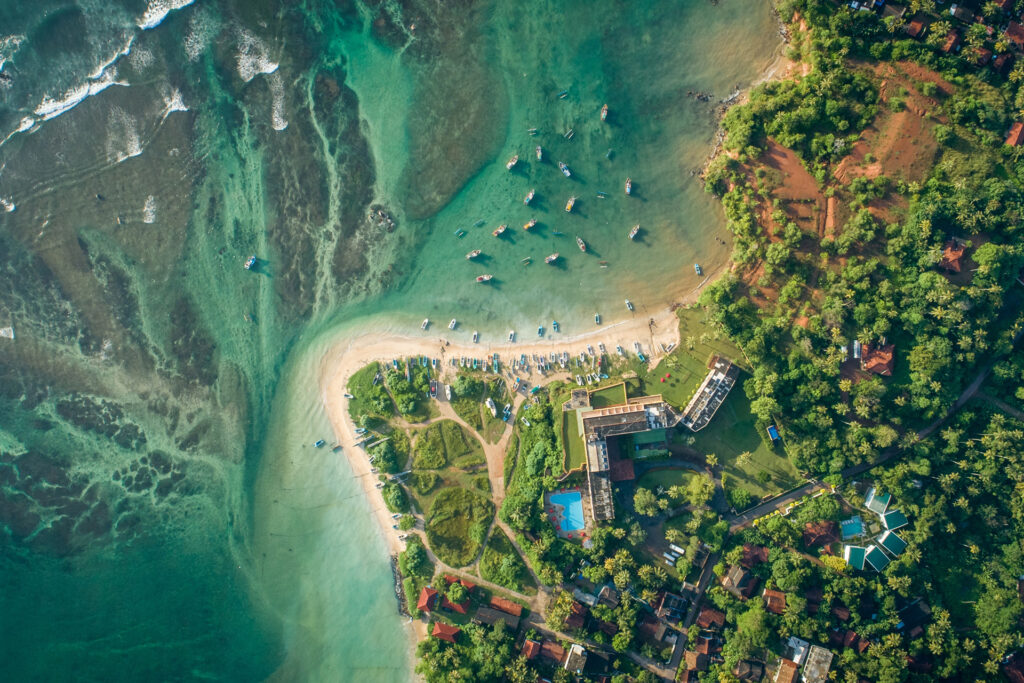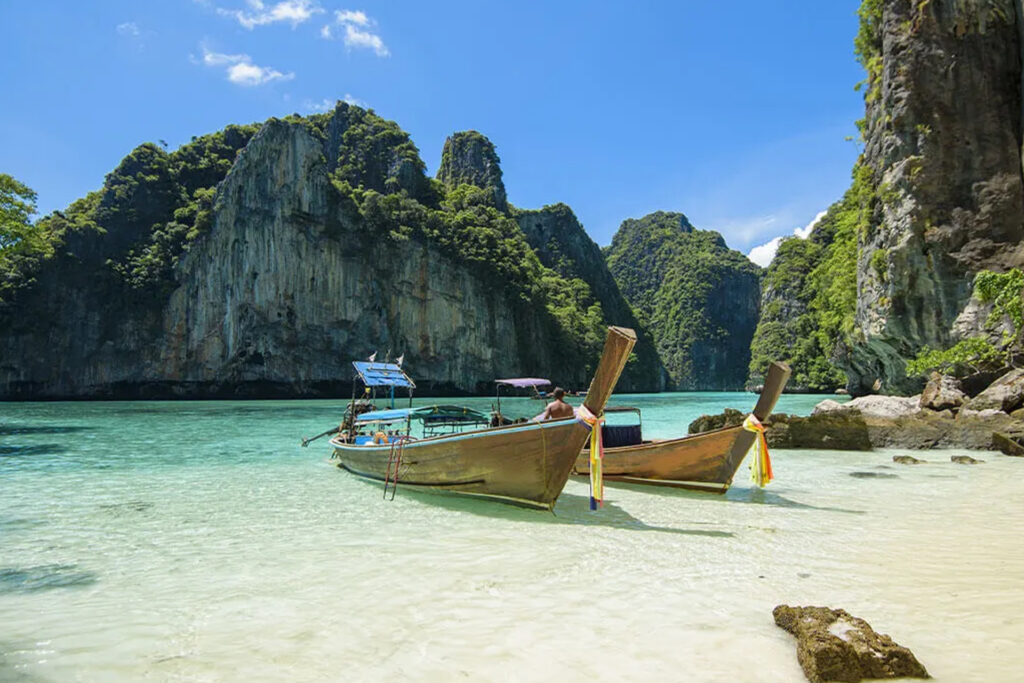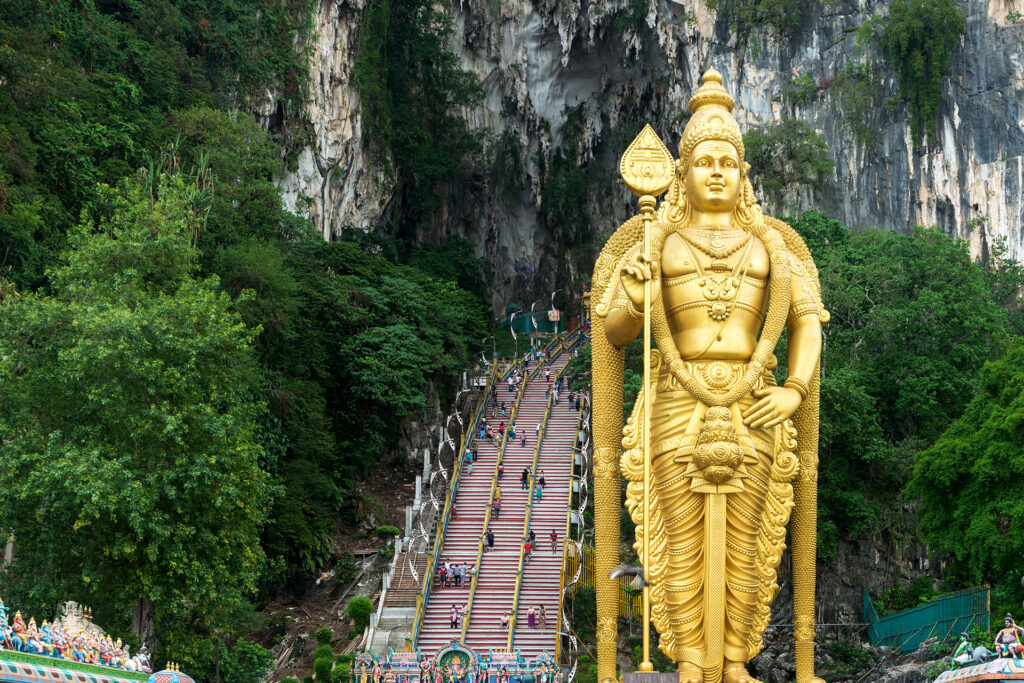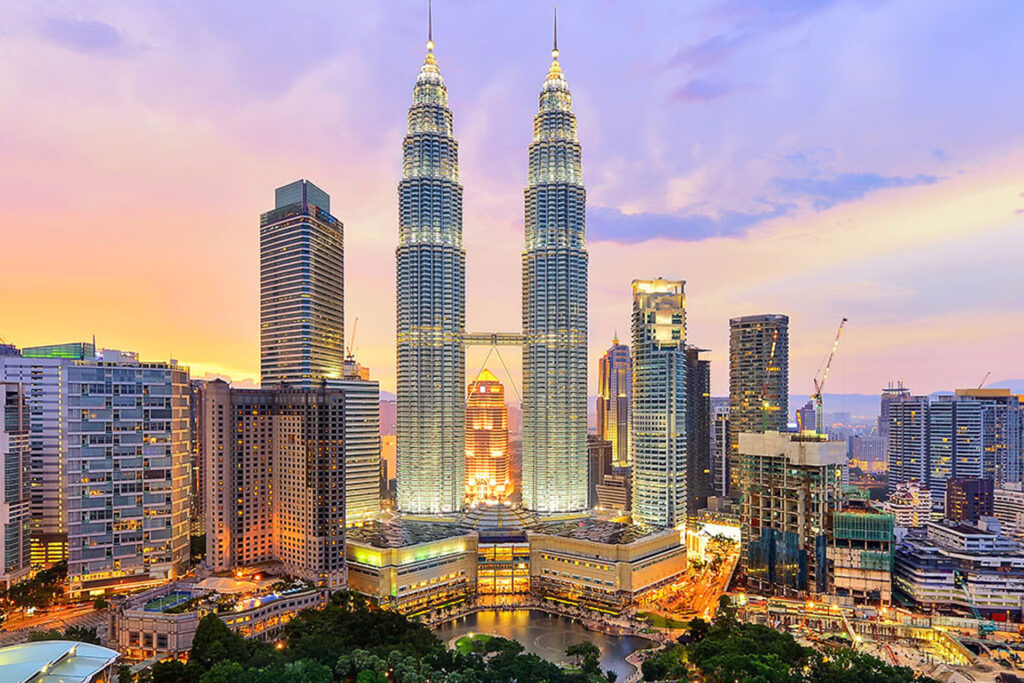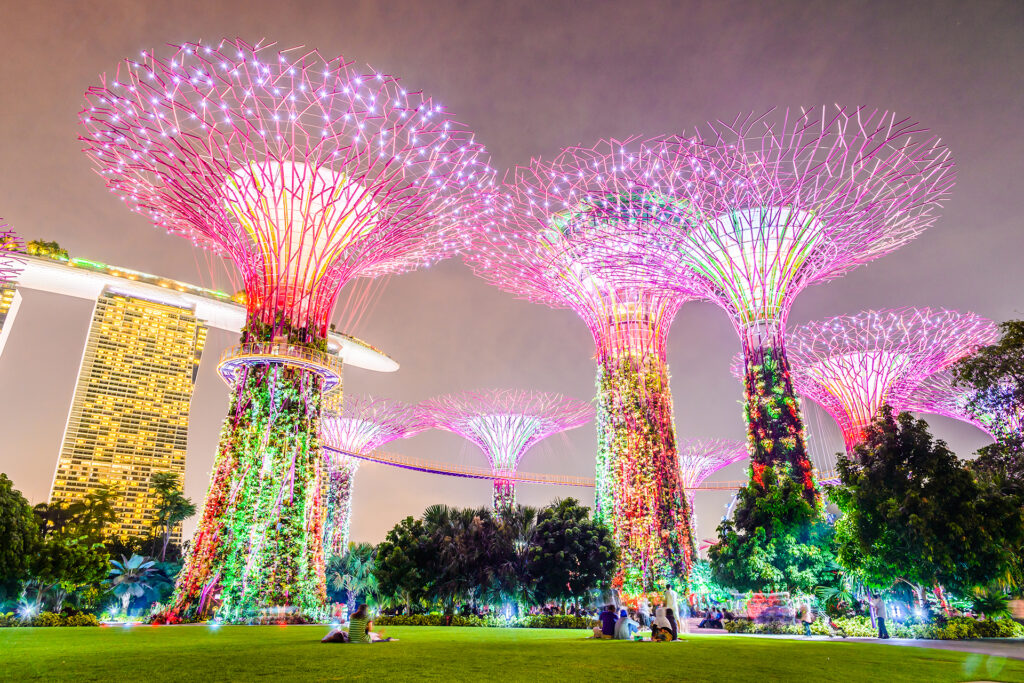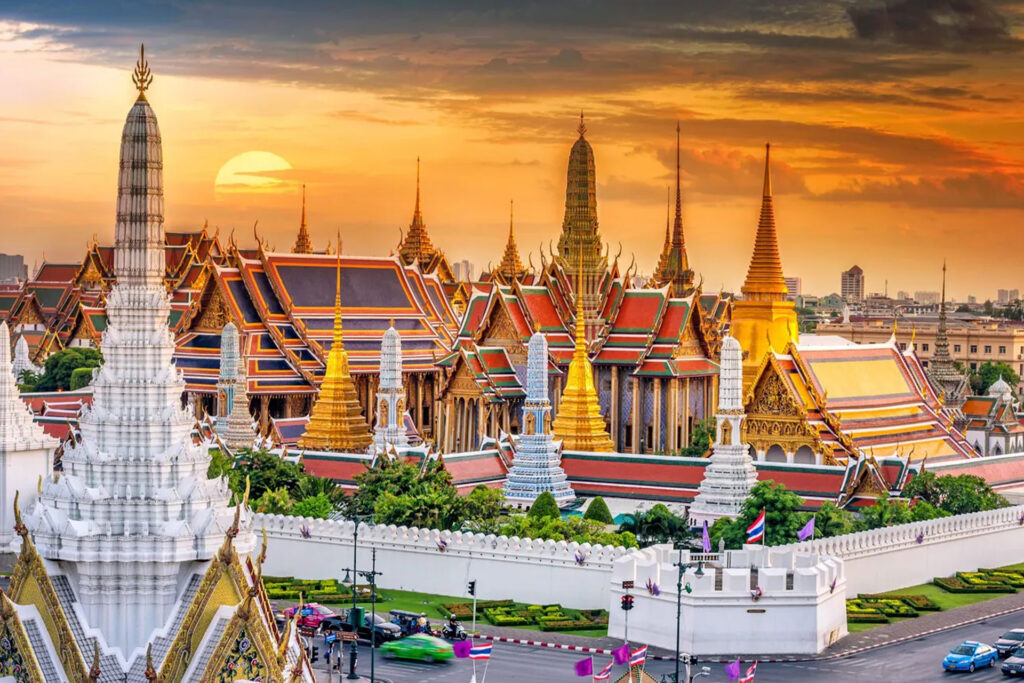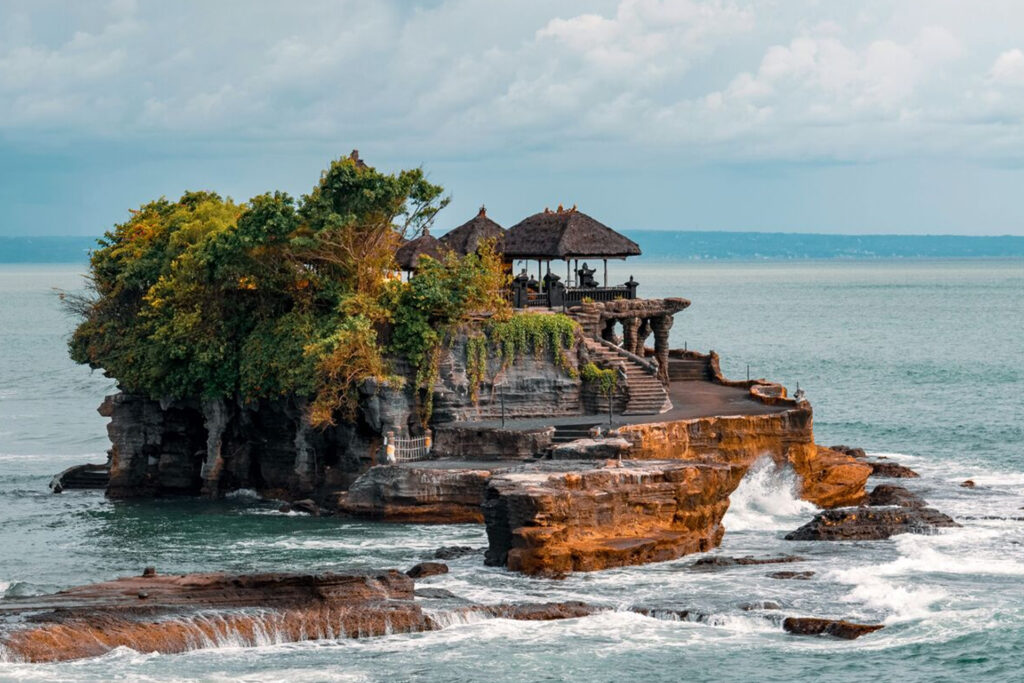Frequently asked questions
Where is Ladakh located?
Ladakh, a union territory of India, is situated in the northern part of the Indian subcontinent, nestled between the Karakoram and the westernmost Himalayan mountain ranges, earning it the nickname ‘Roof of India.’ This high-altitude cold desert is surrounded by towering mountains and lies in a rain shadow region, making it one of the most remote and sparsely populated areas of India. Ladakh is bordered by Jammu and Kashmir to the west and Himachal Pradesh to the south.
Which is better – Leh or Ladakh?
The confusion between Leh and Ladakh is quite common! Ladakh refers to the entire region, while Leh is the joint administrative capital of Ladakh. Ladakh consists of two districts—Kargil and Leh—and has a population of around 3 lakh people. Located at an altitude of 3,524 meters (11,562 feet), Leh is well-connected by National Highway No. 1, linking it to Srinagar in the southwest and to Manali in the south via the Leh-Manali Highway.
Why is Ladakh on everyone’s bucket list?
Ladakh is often described as an earthly paradise, thanks to its breathtaking beauty and charm. The cities of Ladakh are top tourist destinations, each offering a unique experience that highlights the region’s extraordinary allure. Visitors are captivated by the stunning mountains, serene lakes, flowing rivers, vast landscapes, starry skies, and distinctive monasteries and palaces, making Ladakh a one-of-a-kind destination, unlike any other in India or the world.
Is it safe to travel to Ladakh?
How is the culture of Ladakh?
The culture of Ladakh is heavily influenced by Tibetan traditions. The local cuisine is primarily of Tibetan origin, featuring dishes like Thupka and Tsampo. The architecture in Ladakh also follows Tibetan styles, with elements inspired by dragons. The region’s religious practices are a blend of Tibetan and Buddhist influences, with most of the chants being in Sanskrit and Tibetan.

